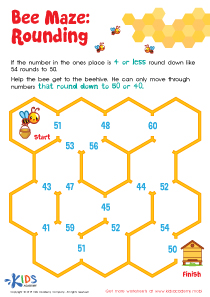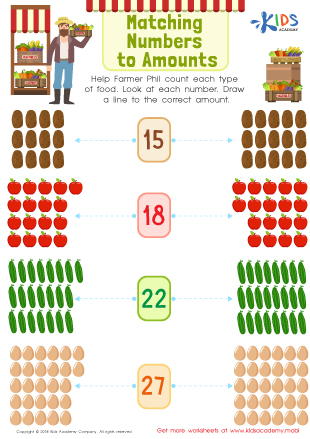Fine Motor Skills Numbers 11–20 Worksheets for 4-Year-Olds
6 filtered results
-
From - To
Enhance your child's fine motor skills with our engaging "Fine Motor Skills Numbers 11–20 Worksheets" designed specifically for 4-year-olds. These worksheets offer a fun and interactive way for young learners to practice counting and number recognition from 11 to 20, while also developing essential hand coordination. Activities include tracing, coloring, and cutting out number shapes, which contribute to strengthening little hands and fingers. Ideal for at-home learning or classroom use, our resources encourage creativity and cognitive development in a playful manner. Start your child on the path to mastering numbers 11-20 while honing their fine motor skills today!
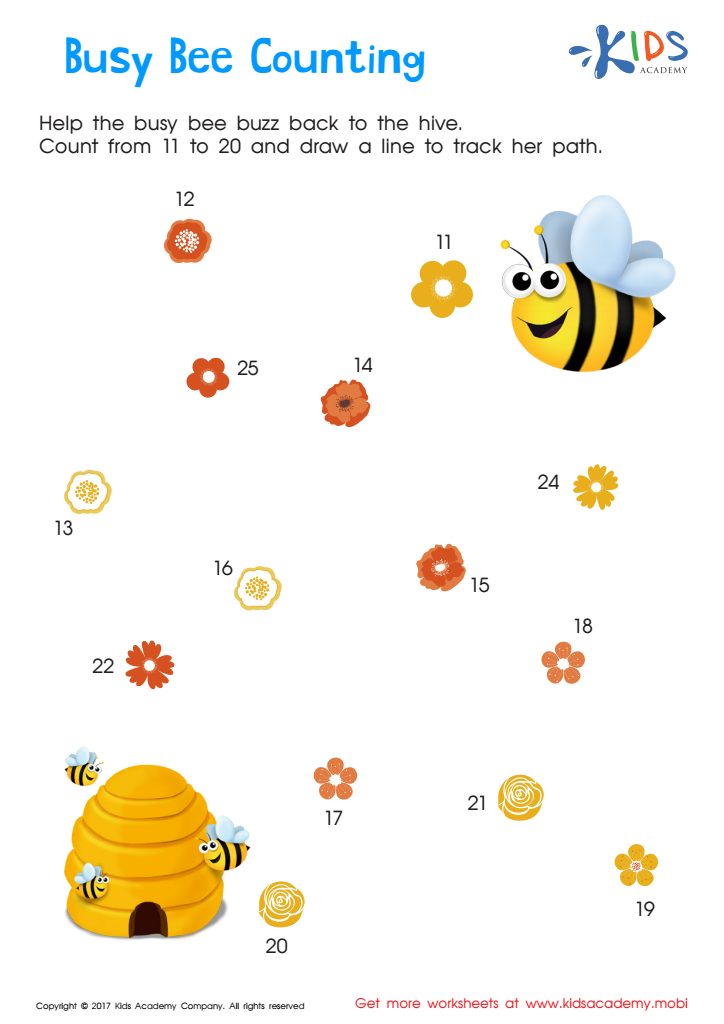

Ordering 11–20: Busy Bee Counting Worksheet
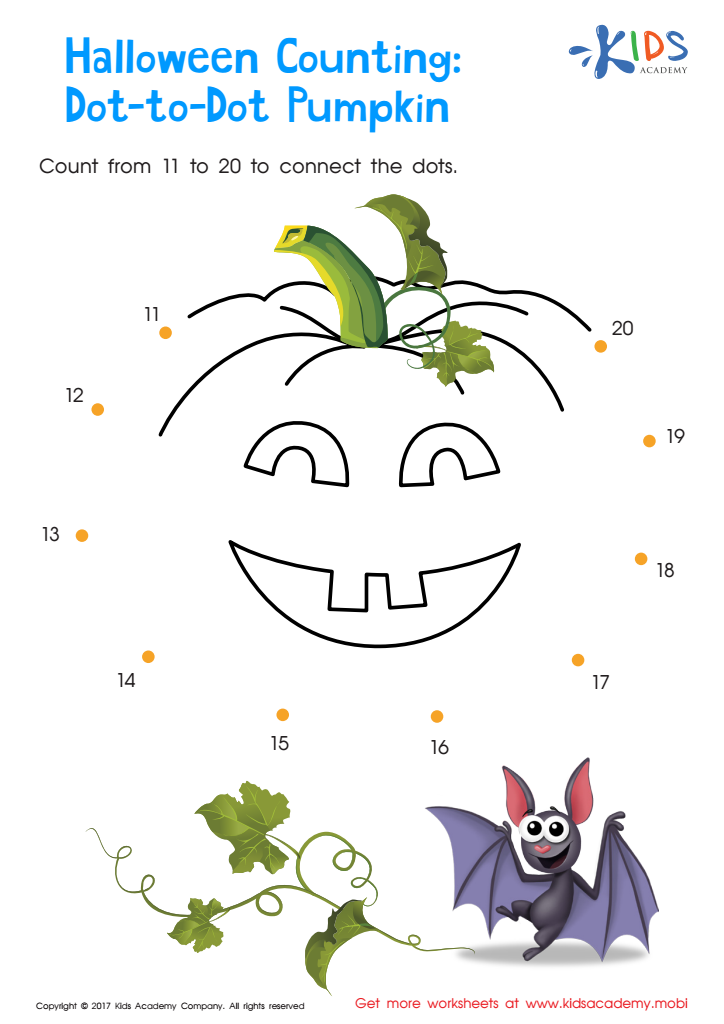

Ordering 11–20: Halloween Counting Worksheet


Ordering 11–20: Chicken & Egg Dot–to–dot Worksheet
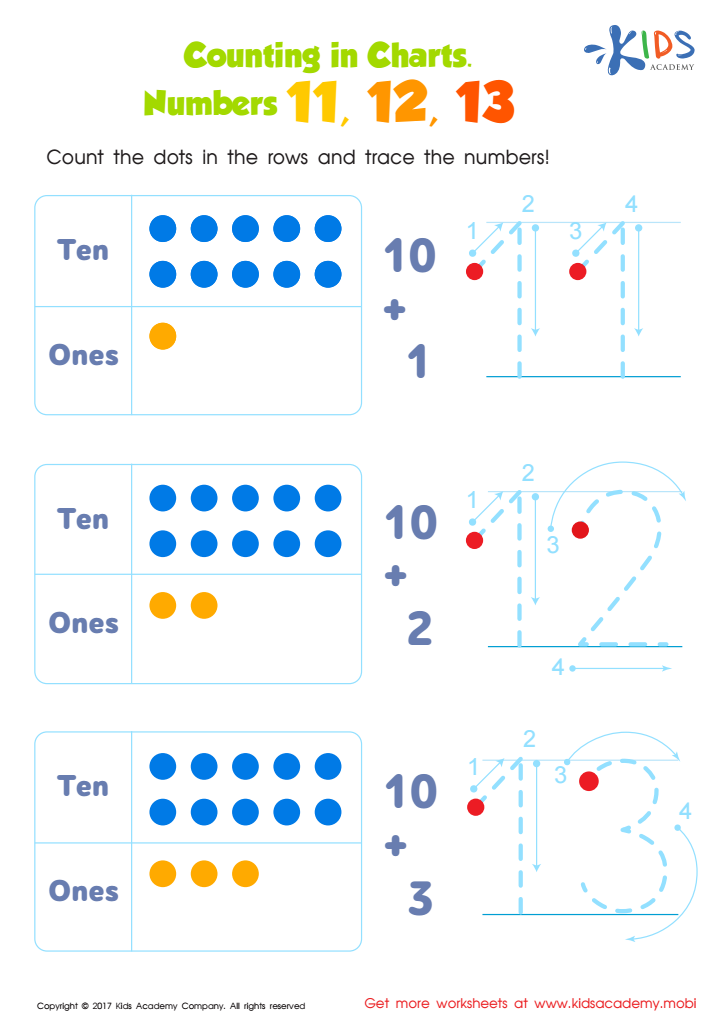

Number Tracing Worksheet For Kindergarten
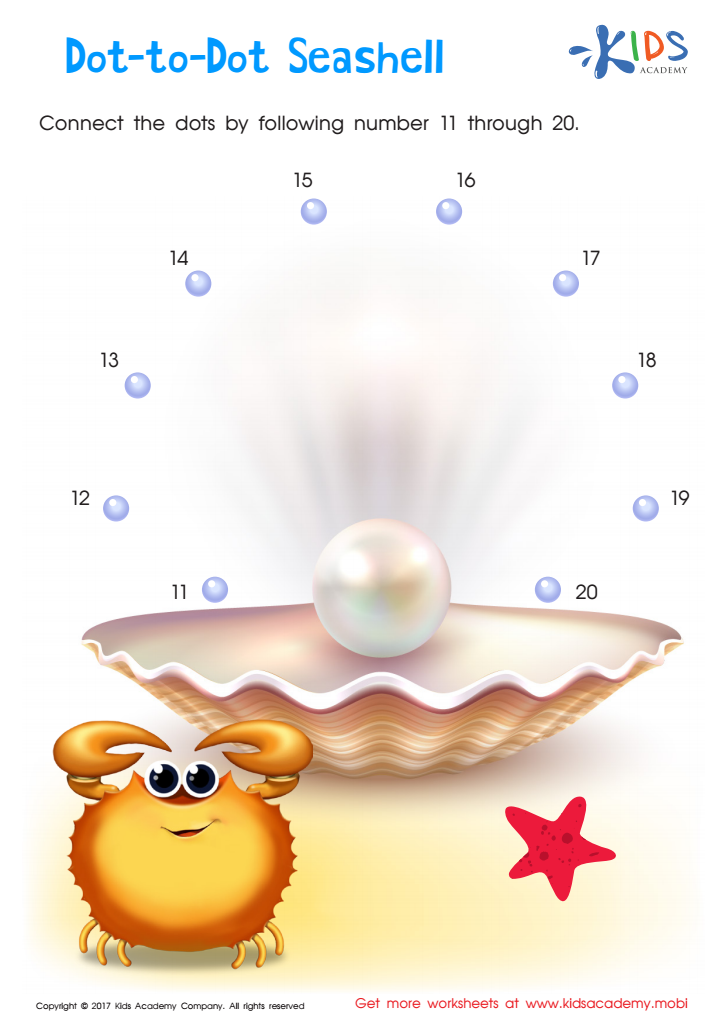

Ordering 11–20: Dot–to–dot Seashell Printable
Fine motor skills are essential for a child's overall development, particularly as they pertain to learning and daily activities. For 4-year-olds, mastery of fine motor skills involving numbers 11-20 is crucial for several reasons.
Firstly, strong fine motor skills enable children to accurately manipulate objects, which is foundational for writing, drawing, and ultimately reading. Activities involving counting or sorting items from 11 to 20 enhance their understanding of numbers, developing both mathematical abilities and hand-eye coordination. These skills are not solely focused on play; they carry over to academic readiness and proficiency.
Secondly, engaging in tasks that foster these skills boosts children’s confidence. When children learn to handle more complex tasks, like one-to-one correspondence in counting beyond 10, they experience a sense of accomplishment. This promotes a positive attitude toward learning and encourages perseverance.
Lastly, fine motor skill activities lay the groundwork for lifelong skills such as self-care tasks, like buttoning shirts or tying shoes. Therefore, by emphasizing fine motor skills related to numbers 11-20, parents and teachers play a critical role in preparing children for future education and everyday interactions. Encouragement and practice in these areas are vital for a well-rounded foundation in their developmental journey.
 Assign to My Students
Assign to My Students




